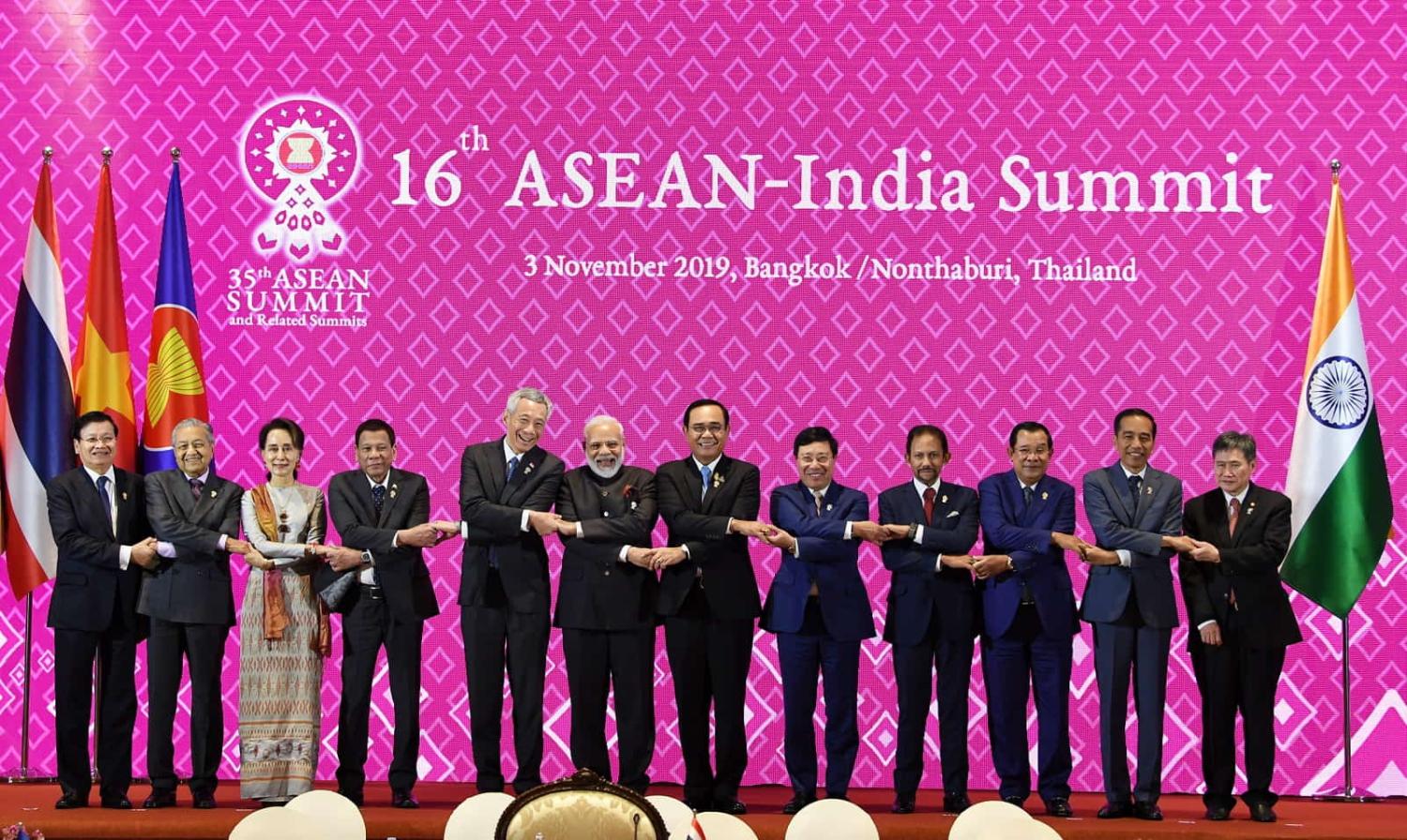Heard diplomats or analysts using a new turn of phrase only to wonder, “What does that mean?” Today we ask …
What is “ASEAN centrality”?
ASEAN envisages itself as Southeast Asia's primary platform to address regional challenges and engage with external powers. As one scholar points out, “ASEAN Centrality” rests on the assumption that the Southeast Asian regional organisation should be the driver behind “the evolving regional architecture of the Asia Pacific”.
At the turn of the 21st century, ASEAN expanded from its original five members to ten, adding Brunei, Cambodia, Laos, Myanmar, and Vietnam. This created a need for ASEAN to set a new framework for intra-ASEAN relations and ASEAN's relations with the world. The 2008 ASEAN Charter marked the first occasion the term “ASEAN centrality” was used. The Charter explains that ASEAN should be the primary driving force for members to deal with external partners.
Does the world observe ASEAN centrality?
In a White House statement following American Vice President Kamala Harris’ visit to Jakarta to attend the 2023 ASEAN Summit, the term “ASEAN centrality” was used twice, with Washington declaring its commitment to the principle. The Americans were not alone. For several years, it has been a cliché for ASEAN partners, such as the European Union, to declare their support for ASEAN Centrality.
On the surface, this suggests that the concept of ASEAN Centrality has been accepted by major and middle powers. Furthermore, the plethora of ASEAN initiatives to engage external powers, such as the East Asia Summit and ASEAN Regional Forum, are evidence of ASEAN’s convening power to contribute to shaping the regional order.
Is ASEAN in fact united?
For ASEAN Centrality to operate optimally, its members must be united and serve each other’s interests. Yet, ASEAN’s unity is questionable, and it is easy for observers to argue that ASEAN members serve the interests of external powers more than ASEAN itself.
In 2012, ASEAN failed to issue a joint communiqué for the first time in its history as tensions over maritime disputes involving China and four ASEAN members – Brunei, Malaysia, the Philippines, and Vietnam – peaked. For some, Cambodia and Laos were perceived to be acting in China's interests rather than those of ASEAN, and there were calls for their expulsion.
The ongoing negotiations with China over a Code of Conduct in the South China Sea is another issue that challenges ASEAN’s unity. Several ASEAN officials involved in the negotiations have privately expressed their concern that some ASEAN members are not taking the negotiations seriously as their country does not have a direct stake in the South China Sea issue.
ASEAN’s inability to deal with the South China Sea issue could explain why the Philippines, one of ASEAN’s founding members, seeks closer defence cooperation with the United States and other external powers to defend its legitimate maritime claims against Chinese encroachment. Yet Manila’s moves to attract external support are met with quiet discontentment and criticism from some ASEAN members.
What are ASEAN’s limits, and how can they be overcome?
This lack of unity and support for a member state facing intimidation by an external power signals ASEAN’s limitations in acting as the primary Southeast Asian platform to address regional challenges. This situation compels ASEAN members such as the Philippines to turn to external partners, thus undermining ASEAN Centrality.
If ASEAN cannot even defend the interests of its members, how can external powers see it as a serious actor in regional affairs? There are still many issues and obstacles for ASEAN members to consider and overcome before the term ASEAN Centrality evolves from an aspiration to a reality.
ASEAN knows its limitations and the need to reform. In January, ASEAN convened a Track 2 Workshop involving Southeast Asian researchers to review its norms and practices. The objective was to maintain ASEAN's relevance as the regional security environment evolves. However, any reform to ASEAN’s practices and norms will be a long process. In the meantime, ASEAN can look at the many declarations of support for ASEAN Centrality as a small achievement.
